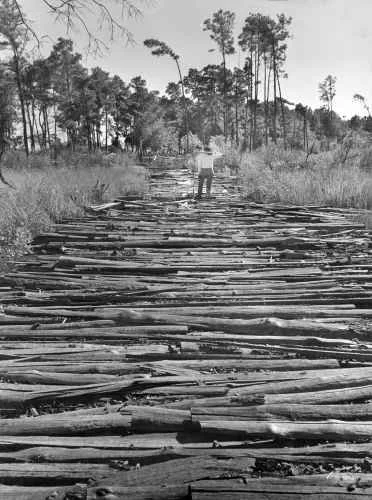A Galápagos sea lion checks out the camera in the shallows Concha de Perla on Isabela Island.
A pod of bottlenose dolphins swims near the surface of the water at Isla Seymour Norte.
A whitetip reef shark swims in a cave at Los Tuneles on Isabela Island.
A Pacific green sea turtle swims near the surf of the water at Post Office Bay on Floreana Island. Below: Pacific green sea turtles mate just off the beach at Punta Cormorant on Floreana Island.
Pacific green sea turtle and a school of rainbow wrasse feed on algae on the southern shore of Isabela Island.
A Pacific green sea turtle feeds on algae at Post Office Bay on Floreana Island.
A Mexican hogfish, known on the islands as a ‘vieja’ swims near the beach at Post Office Bay on Floreana Island.
A school of yellow-tailed surgeonfish swim near the rocks at Isla Seymour Norte.
A school of striped salema swim below the surface at Bahia Conway on Santa Cruz island.
Bumped Parrotfish feed on algae at Isla Seymour Norte.
A school of bluechin parrotfish feeds on algae growing on rocks near the shoreline of Isla Pinzon.
A pair of white-tailed damsel swim behind a congregation of green sea urchins near La Loberia on Floreana Island.
A Pacific seahorse conceals itself amongst a clump of marine grass at los Tuneles on Isabela Island.
A bravo clinid rests on a rock adjacent to the shoreline at La Loberia on Floreana Island.
A sally lightfoot crab crawls on an igneous rock on the shoreline at Punta Cormorant on Floreana Island.
A marine iguana walks along the edge of the beach at Tortuga Bay on Santa Cruz island.
A Galapagos mockingbird perches atop a marine iguana on the shoreline of Espanola Island.
Detail of a marine iguana back at Puerto Velazco Ibarra on Floreana Island.
A Galapagos land iguana feeds on a flower from an opuntia - a prickly pear cactus - on the lowlands of Santa Cruz island.
Galapagos tortoises at el Chato Ranch on Santa Cruz island and at the tortoise breeding center on Isabela island. The Galapagos tortoises are native to seven different islands in the Galapagos archipelago. There are 13 subspecies of the Galapagos Tortoise with each varying slightly in size and physical characteristics. Galapagos tortoises have been documented living up to 175 years in captivity and more than 100 years in the wild.
Blue-footed boobies display courtship behavior at a nesting colony on Espanola island.
A blue-footed boobie cleans itself along the cliffs at Espanola island.
A nazca boo0bie protects a single egg on its nest at a large colony of nesting boobies at Punta Suarez on Espanola island.
A nazca boobie adult and chick at a large colony of nesting boobies at Punta Suarez on Espanola island.
A male magnificent frigate bird displays the iconic red pouch at a large nesting colony of both great and magnificent frigate birds on Isla Seymour Norte. Below: An American flamingo, a black necked stilt, an American oystercatcher and a lava heron forage and rest along the shoreline of Santa Cruz. island near Dragon Hill.
An American flamingo preens after feeding in a small lagoon on Floreana island. Below: Yellow crowned night heron details from the shoreline of Floreana island.
A yellow crowned night heron forages at first light along the shoreline of Tortuga Bay on Santa Cruz island.
A Galapagos mockingbird perches on a branch while foraging in the lowlands of San Cristobal island. The Galapagos mockingbird is an endemic species that is widespread in the archipelago. There are six subspecies of the Galapagos mockingbird that are found on particular islands.


















































































